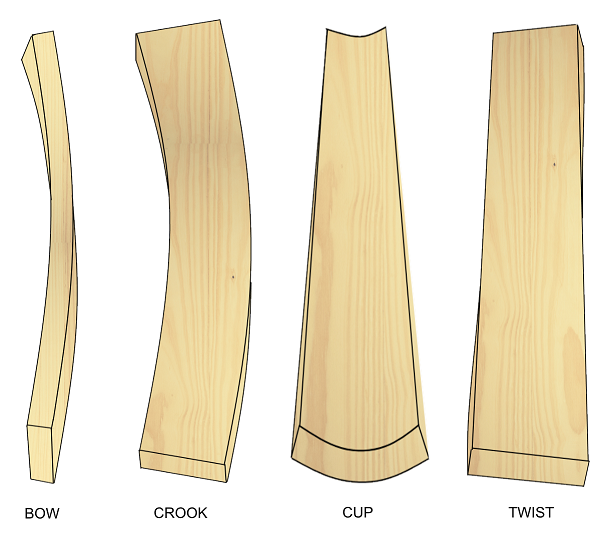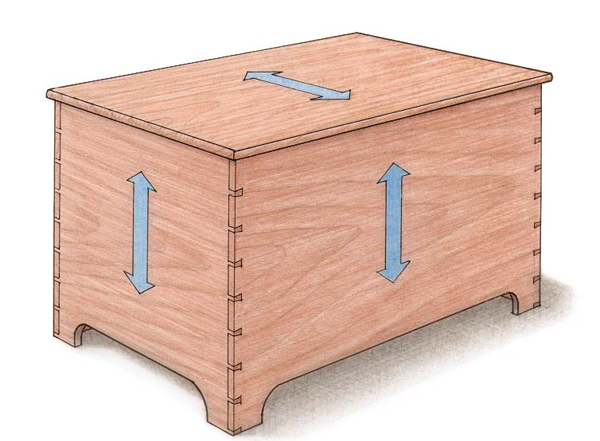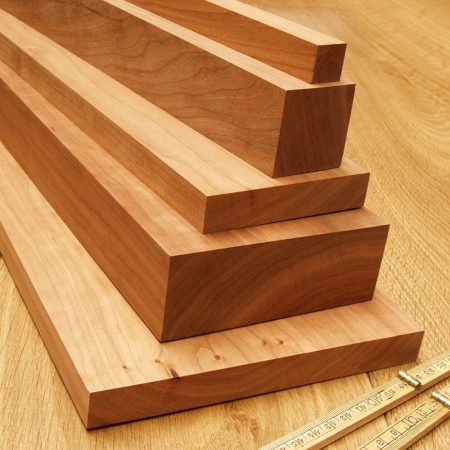August 28, 2023 | 4 min read | By: Parkerville

Wood movement is a natural phenomenon caused by changes in moisture content. If you’ve ever tried to open a wooden door in the summer only to have it stick in the frame, you know what we mean! Wood expands in high humidity, and contracts in dry conditions, and this seasonal process can lead to problems like sticking doors and cracks over time. While wood movement cannot be prevented, it can be managed.
We’re not talking about wood decay and rot that the homeowners among us suffer in our siding and patios. That’s “simply” avoided by keeping that fine furniture dry. Rather, wood expands and contracts with changes in atmospheric humidity. In his book Understanding Wood, Bruce Hoadley estimates that the seasonal change in humidity in the average U.S. climate for a two-story wood-framed house can change the height of a house by 3/4”!
How do you know if you have a radial or tangential axis on the face of a board – or both? Though sometimes you may know from how the board was initially cut from the log, there is apparently some confusion among the terms quartersawn and riftsawn. So the best way to tell is to look at the board itself, observing how the growth rings cross the surface or the end.
Is there a layman’s way to view this type of movement? Yes, think of the grain in a board as a handful of straws. As the straws fill with moisture, they can grow wider, but not longer. This is what happens with a board, as the wood cells (the straws) absorb moisture they grow wider and so too does the board.

© Fine Woodworking, 2003
Here are some key points to consider:
By understanding wood movement and implementing these strategies, you can mitigate potential flexing due to contraction or expansion and ensure the success of your project.Th
Confused? That’s okay, we’re here to help. Stop by our shop and we’ll be happy to help you understand how this may apply to your current project. Understanding and planning for wood movement can be tricky the first time through, so having some consultation and coaching can help.



In celebration of President’s Day, our selection of 4/4 Cherry is on sale! Regular 4/4 Cherry is discounted to $3.99 bf with 8+” wide at $4.49.
Sale runs until February 24th!
** We’re open until 7 PM on Thursdays **
